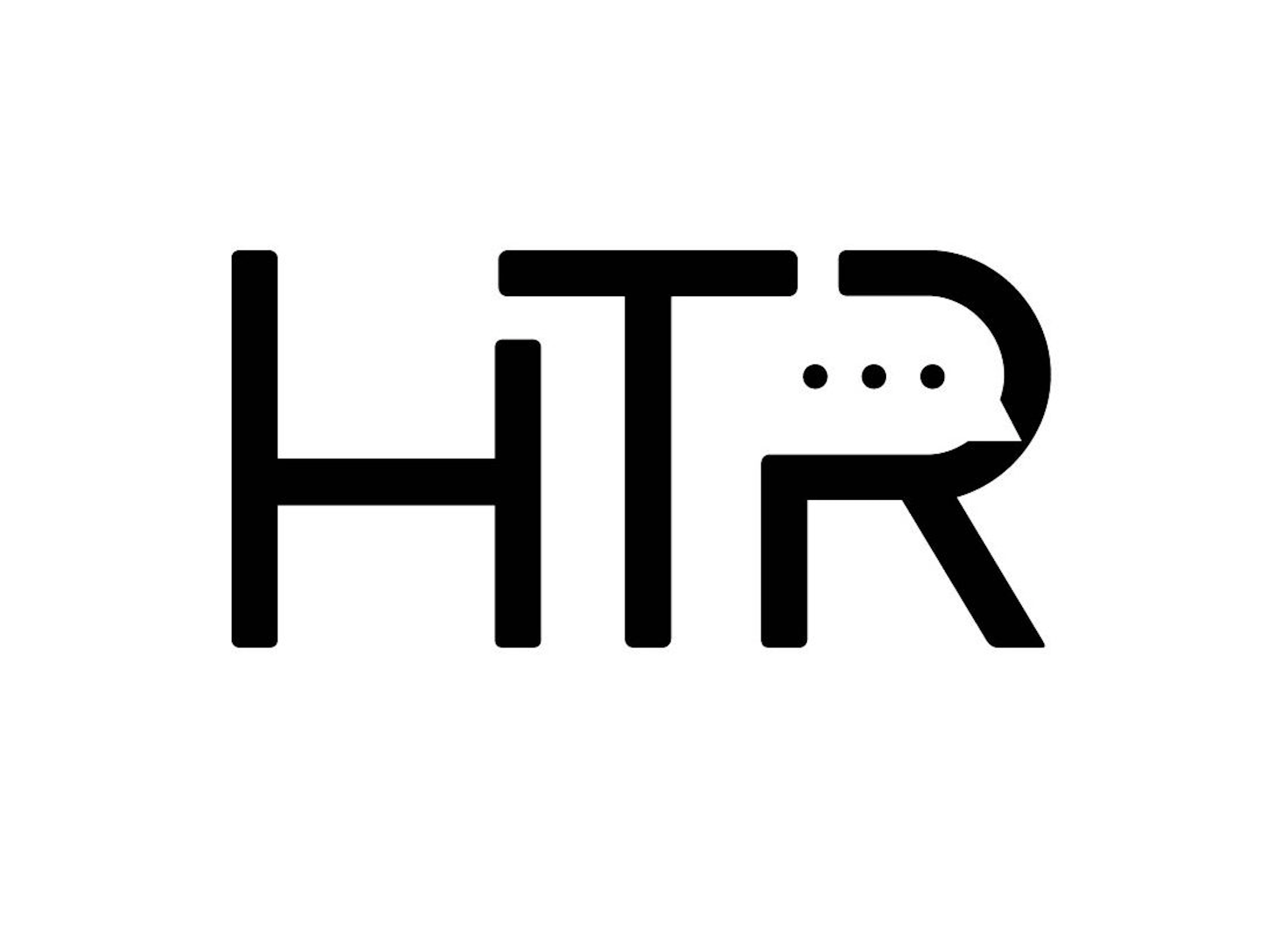
What Social Media is Feeding Us


You’re sitting in your room, browsing your favorite website. A Buzzfeed Tasty video sits at the top of your feed, and the thumbnail intrigues you, so you spend a few minutes watching the creation of French Toast Roll-Ups 4 Ways. Then the next video starts to play, and it’s a fitness instructor describing all the foods she eats in a day. Then, an influencer modeling a skin-tight outfit, showing off her physique. You never asked for any of this to show up on your feed, but once it’s there, you’ll click. And watch. And absorb.
The phenomenon of media impacting people’s thoughts and behaviors is nothing new; for instance, concerns that fashion magazines depict unrealistic beauty standards have been around for decades. Because of the internet, however, media consumption has become an individualized experience, tailored to each user’s tastes, desires and impulses. When people choose what to click on, or what to linger on for just one moment longer before scrolling, their behavior is fed into a system which in turn feeds the user more content specifically to maximize engagement metrics. These feeds often shape us in ways we do not realize, and because we navigate these paths in isolation, and companies do not publicize the data that they collect on us, we cannot fully grasp the human impacts of our data-driven experiences. We need, then, to overcome our isolation by sharing our experiences with each other in order to ultimately work towards improving the quality of our online existence.
One way that I suspected digital media was impacting my peers was in the realm of eating and body image, so I sat down with three other Harvard students to discuss the ways their digital experiences affect their body image and personal habits. Because the topic itself is a sensitive one, I consulted with a therapist from Harvard’s Campus and Mental Health Services (CAMHS) to receive guidance on moderating the conversation in a sensitive way, and the discussion that ultimately emerged was a thoughtful and enlightening one. Participants shared encounters with videos of influencers promoting laxative teas and ads where they were instructed to “click on the body part they were most uncomfortable with.” The participants also opened up about the ways that such content influenced their thinking: one student shared that “When [she sees] influencers…it kind of makes [her] think [she] needs to…be careful about what [she’s] eating.” Another mentioned that because of eating challenge videos on Youtube, “Now I can estimate calorie counts of any food…whenever you eat something you’re just thinking about the numbers.” Excessive fixation on food can and does affect people’s habits and develop into diagnosable eating disorders, which are the deadliest form of mental illness and take at least one life every 62 minutes.
The narratives that came out of this particular conversation speak to what seems to be a common facet of the online experience: while videos that promote harmful thought patterns are not necessarily something we would seek out ourselves, we will click on them once they’ve been presented to us. Once we click, we create a positive feedback loop where toxic content takes up more space in our feeds and in our thoughts, affecting our actions in a way that can ultimately be detrimental to people’s health.
Insofar as these systems are designed to maximize user engagement and not user wellbeing, what can be done to improve the quality of people’s online experiences? After all, there’s a lot of really great content out there, and from the discussion, it became clear that some of the participants had started taking an active role in curating their feed in ways that they hoped would be personally beneficial. For instance, one student mentioned that because she hadn’t seen many black influencers on her feed, she actively started following influencers that she could see herself in. Similarly, another participant talked about following body positive social media accounts, and how that has already seemed to affect the content recommendations she receives for the better.
On a larger scale, it seems like increasing dialogue about people’s online experiences will allow people to be more mindful of the way they navigate their online worlds, making them a more active participant in choosing the content they want to see more of. Beyond that, increasing public dialogue will illustrate to technology companies that they need to take responsibility for the public health impacts of what they recommend, and that they should shape their recommendation algorithms informed by the diverse experiences of their user population. Because these companies are not currently prioritizing the same values as you and me, nothing will change unless users start making it clear what they are dissatisfied with, and how technology could do better. As one student put it, “I just feel like…there should be a way to tell the advertising gods…please don’t recommend me this, please” [1].
The conversation that informed this article was a starting point, but while the four of us all brought diverse experiences to the table, I recognize that our dialogue represents a very small subset of narratives from a particular population that I had access to. For instance, while I decided to focus specifically on narratives from women in this particular piece, I realize that men in our society often deal with entirely different sets of body image related issues which deserve just as much attention and care. Likewise, there are a myriad of other ways that people’s digital feeds impact their health and wellbeing that will never change unless people start talking about them. The more people discuss their online experiences, the more inclusive, uplifting, and healthy these experiences can become.
[1] Youtube has been introducing ways for users to indicate that they’re not interested in a piece of recommended content, but they’re not a mainstream part of the user interface, which encourages passive media consumption–much more needs to be done to increase agency in the user experience.




